Search Results for: REGVIP betwinner promo code new user 2024 Venezuela
BIOT WWI Centenary Stamp Issue 11.11.18

…f the tank, chemical warfare and the further development of the aeroplane. New weapons required new countermeasures; steel helmets, gas masks and anti-aircraft guns. Yet it also saw progress in medicine – the development of plastic surgery, x-rays, blood transfusions, antiseptics and anaesthetics amongst others. Aeroplanes and tanks were not the only significant means of transport in a war that alternated between movement and static fighting. In s…
Tackling Plastic Pollution
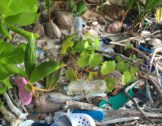
…e already been introduced to help with the footprint of those on island: A new water treatment works, making tap water drinkable for the first time and reducing the need for bottled water. Straws are now only available on request in restaurants/bars and will be phased out along with single use plastic ware that can be purchased in the store. They will be replaced by biodegradable plastics, paper and wooden products. The use of reusable water bott…
BIOT Joins Pioneering Underwater Camera Network
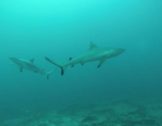
…ions about protecting and managing these diverse ecosystems. This exciting new network builds on previous successful deployments of BRUVS in the Territory. In the 2019 Reef 1 expedition scientists from the Australian Institute of Marine Science (AIMS) deployed underwater cameras to create a data set representing the most comprehensive survey of reef sharks across the archipelago to date. In 2016 both the VAVAII and Pelagic expeditions deployed sim…
1 Jan Seabirds Exped – Diego Garcia and Danger Is.
…RFB did leave the MPA during a foraging trip. In addition, long-term tracking devices were recovered from 13 breeding and non-breeding adults, providing new information about the movements of adult RFB during the non-breeding season….
2019 Science Expeditions
…The BIOT Administration has permitted 11 science expeditions in 2019 including new research from Plymouth Univesity and the Manta Trust as part of the Bertarelli Programme in Marine Science. Already this year we have learned of the role that seabirds play in the health of reef ecosystems; the great migrations of our turtle populations, reaching all the way to East Africa, and so much more!…
Master Pleads Guilty To Illegal Fishing In BIOT
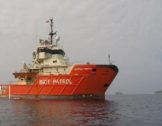
…inst this vessel. With the support of the UK Government’s Blue Belt Programme, BIOT is continuing to increase its surveillance of the MPA and trial new technologies to help tackle the challenge of enforcing large MPAs….
CSA Reports
…Dr. Mark Spalding, the British Indian Ocean Territory Administration’s independent Chief Scientific Adviser, visits the Territory annually. Following his visit, he writes a report of his recommendations for environmental action based on his opinion and any further observations, new developments and progress on past issues. 2019 CSA Annual Report 2018 CSA Annual Report 2017 CSA Annual Report…
Invasive Non-Native Species Secretariat visit to BIOT
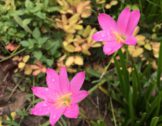
…Government to provide further advice on how to strengthen biosecurity. The new list of invasive species at risk of entering BIOT, and suggestions on how to prevent or react to their arrival, will help the BIOT Administration protect the Territory’s unique environment and incredible biodiversity. We are grateful for the support provided by the Centre for Ecology and Hydrology (CEH), and look forward to working together again in the future. Full blo…
Conservation Management Plan Workshop Report
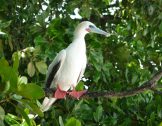
…the major existing and potential threats to the Territory, and establish a strategic approach to combat these pressures. Discussions were also held around future opportunities for conservation management in BIOT, including new technologies and research opportunities. The Management Plan, which will replace the existing Interim Conservation Management Framework, will be published in autumn 2018. BIOT Conservation Management Workshop Report…
BIOT Plants Stamp Issue 02.05.18
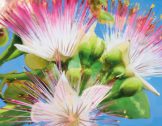
…brought in from the sea and from bird droppings. This soil then supported new seeds and spores, which also arrived by wind, sea and from seabirds. Tropical temperatures and consistent rainfall year-round has enabled the few plants that reached these islands to flourish, forming dense forests, with tall hardwood trees in many areas. Even so, the overall diversity of native plants is low. Further to this, from the end of the 18th century, BIOT was…
